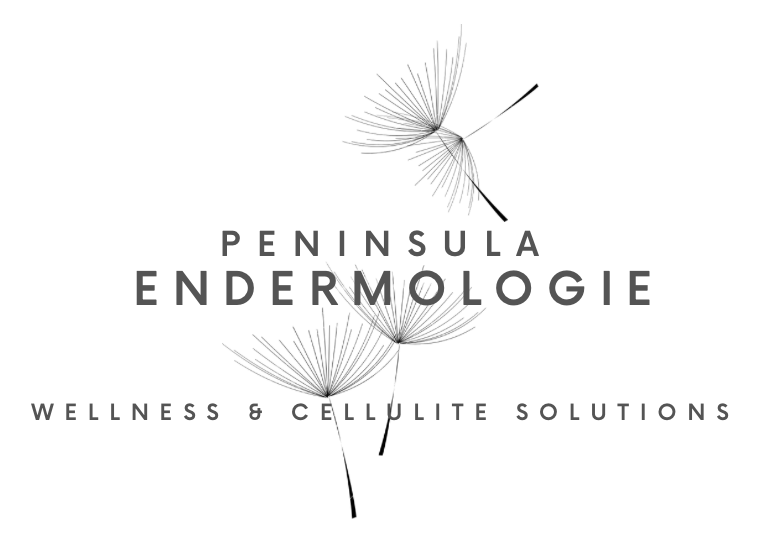Tips to reduce cellulite.
 Day 23 and the penultimate tip for a healthy, happy body!
Day 23 and the penultimate tip for a healthy, happy body!
Try to reduce your exposure to environmental pollutants.
OK, so I know the pic is a little dramatic, and it’s easy to get carried away with worry about the amount of pollutants we’re exposed to daily. But let’s face it, nature has always provided it’s fair share of toxicity (mushrooms, snakes, spiders etc.), so there’s no need to panic about some elements that are beyond our control. At the same time I do think it’s best to try and minimise our exposure to toxins wherever we can. Below is a round-up of some of the known toxins we can avoid with conscious purchasing.
Here’s the ‘why”: regular exposure to volatile organic compounds (VOCs) such as bromine, benzene, formaldehyde and acetone (found in paint, carpets etc) are known to cause headaches, respiratory problems, allergies and even neurological changes. Some of these VOCs (e.g. benzene) are also believed to be cancer-causing. Commonly used air fresheners often contain phthalates, which are known endocrine disruptors and are particularly harmful to small children.
Even the products we apply to our skin can often be toxic. Take Nivea for example, which used to be my go-to daily moisturiser. Unfortunately, it’s a blend of semi-synthetic fatty acids and waxes, oestrogenic parabens, contact allergens and penetration enhancers, synthetic fragrances and potentially carcinogenic chemicals. Sure it makes your skin look good for a while, but it’s certainly not doing you any favours in the long-run.
As our bodies store toxins in fat, reducing the amount of toxic VOCs your body is exposed to will, in the long-term, reduce the appearance of cellulite and more importantly, help you to maintain a healthy body.
Here are a few of the worst chemicals to be on the lookout for:
– Bisphenol A (BPA). BPA was first used commercially in the 1950s to harden plastics, and make epoxy resin to line food and drink containers. It can disrupt natural hormones and it’s been linked to heart disease, obesity, diabetes, asthma, behavioral problems in children, depression and obesity, as well as fertility problems such as miscarriage, decreased sperm production in men and early puberty in girls.
BPA is found in the linings of food cans, and it’s used as a coating on receipts, as well as some plastic products and as a flame retardant. As BPA has been banned for some uses (e.g. baby bottles), its replacement; bisphenol S (BPS) is also thought to disrupt normal cell functioning, leading to serious health problems. To minimise your exposure, try to avoid canned foods, choose bottles free from BP-plastics (choosing a glass or stainless steel one instead) and choose not to take a receipt.
– Phthalates are chemicals which are reposted to interfere with our reproductive hormones oestrogen (estradiol) and testosterone, increasing our risk of developing breast cancer and potentially causing damage the to liver, kidneys, lungs, and reproductive system, including birth defects in baby boys.
They’re used in synthetic fragrances, nail polish, paints and many other plastic products e.g. cling wrap, food containers, flooring, shower curtains, synthetic leather etc. So, to avoid them, steer away from anything with a synthetic fragrance, any vinyl products and store food in glass, ceramic or stainless steel containers.
– Flame retardants (PBDEs) These toxic chemicals are carried in dust to our lungs, entering our blood stream and breast milk. They are linked to some cancers, fertility problems and neurolgical and developmental problems in young children, resulting in lowered IQs.
They’re used to make foam, so are found in furniture, carpet underlay, electronics, mattresses, pillows, car seats, strollers etc. To avoid them, try and seek out products that specifically state that PBDEs are not used and any furniture made with foam and encourage your children to wash their hands regularly to avoid ingesting the contaminants.
– Perfluorinated chemicals (PFCs) PFCs are used to make non-stick pots and pans and act as a water and stain repellent for clothes, upholstery and carpets. They are known to affect thyroid function and potentially cause infertility. To avoid them, stay clear of anything that has Teflon, Gore-Tex, or Stainmaster.
– Triclosan is an anti-microbial found in anti-bacterial soap and some toothpastes. Again, it’s thought to disrupt thyroid function and hormone levels. Studies show that a natural soap and warm water will be just as effective in getting rid of germs.
Check out thelowtoxfox.com.au / The Low Tox Fox for a great range of non-toxic products. Amy, the owner, stocks everything from natural skincare to gorgeous bed linen so makes the transition to low-tox living easy and glamorous!
